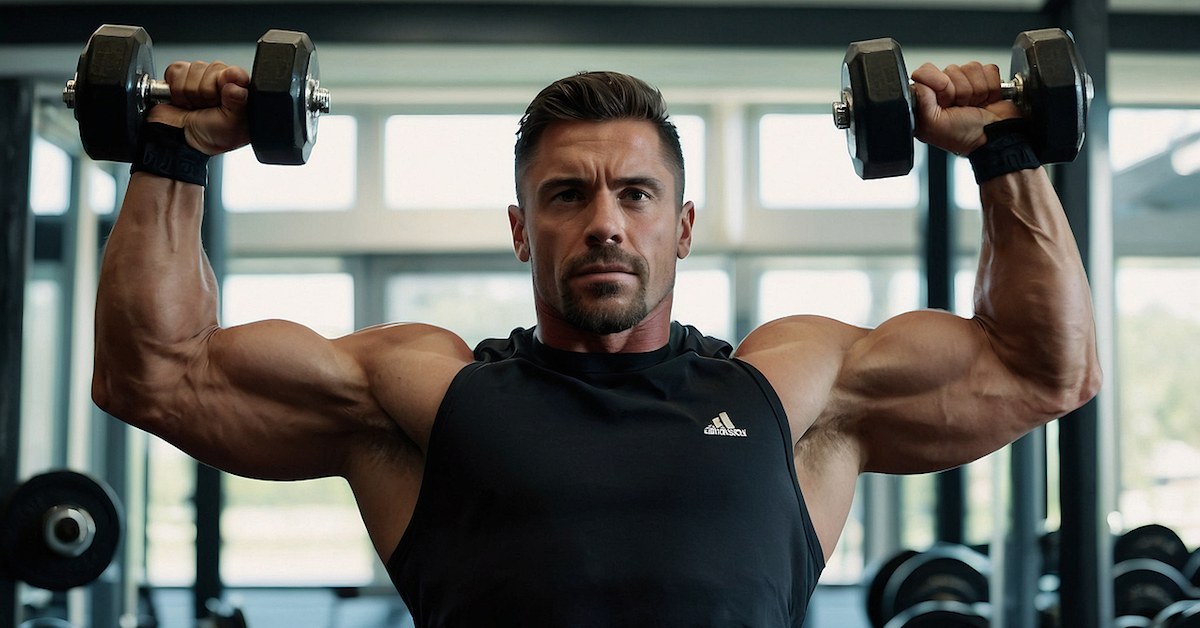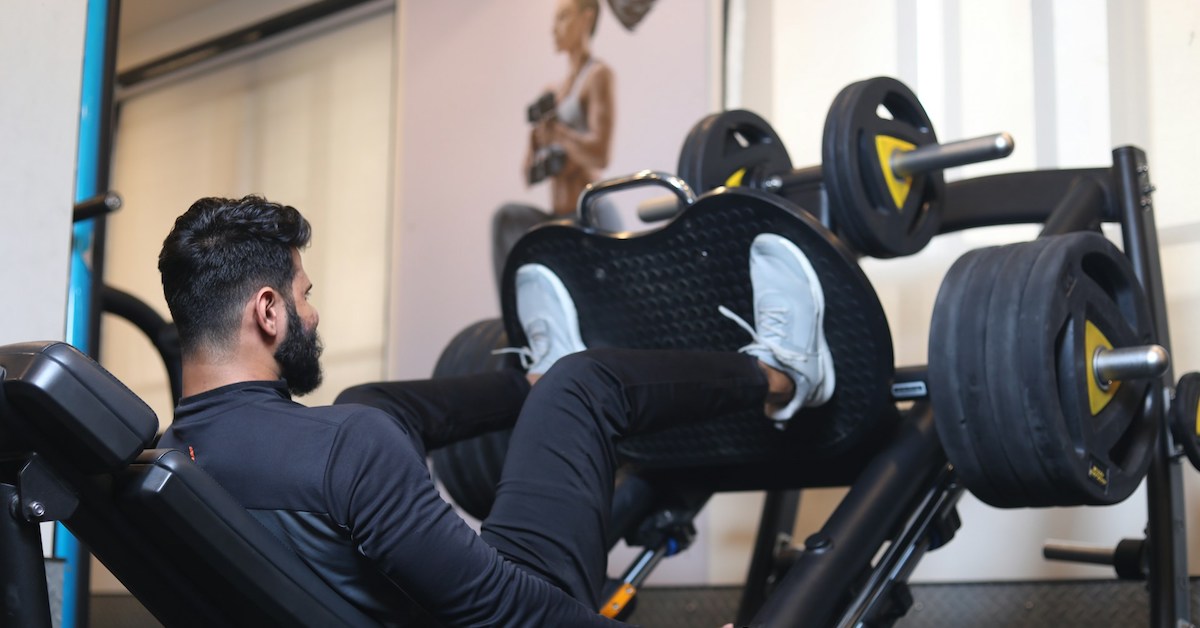In this article, we’ll explore how strength training can improve posture. I won’t bore you with why so-called “ideal” posture is important—you can read my article Woman’s Posture from a Man’s Perspective for that—but I will offer practical tips to correct poor posture.
Addressing Muscle Imbalances for Better Posture
Effective corrective exercise should focus on:
✅ Lengthening tight muscles—calves, hip flexors, chest, anterior shoulders, and wrist flexors
✅ Strengthening weak muscles—shins, glutes, core, mid-back, rear shoulders, and wrist extensors
Many factors contribute to postural imbalances: improper footwear (e.g., high heels), prolonged sitting, excessive typing, driving, and imbalanced training programs. Over time, these habits can lead to issues like kypho-lordotic posture—a common condition with excessive curvatures in the spine, often resulting in a “hunchback” appearance.
Two Strength Training Routines for Postural Correction
Here are two programming options to help restore postural balance:
Option #1 – Staggered Pairing
A1. Dumbbell Step-Ups – 3 x 15-20 @ 1-1-1-1, 60s
A2. Seated Dumbbell External Rotation – 3 x 12-15 @ 3-0-1-0, 60s
B1. Front Split Squat (s) – 3 x 6-8 @ 4-1-1-0, 60s
B2. Flat Pronated-Grip Dumbbell Flyes (s) – 3 x 12-15 @ 3-1-1-0, 60s
C1. Supine Pelvic Tilt (c) – 3 x 15-20 @ 2-0-1-0, 60s
C2. Seated Rope Row to Neck (c) – 3 x 12-15 @ 2-0-1-2, 60s
D1. One-Leg Calf Raise (s) – 3 x 12-15 @ 2-2-1-0, 60s
D2. Prone Cobra (c) – 3 x 10-12 @ 1-0-1-5, 60s
(c) Emphasizes the contracted position | (s) Emphasizes the stretched position
Option #2 – Antagonist Pairing
A1. Rear-Foot-Elevated Back Split Squat (s) – 3 x 10-12 @ 3-1-1-0, 60s
A2. Supine One-Leg Hip Extension (c) – 3 x 10-12 @ 1-0-1-5, 60s
B1. Incline Neutral-Grip Dumbbell Press (s) – 3 x 10-12 @ 3-1-1-0, 60s
B2. Prone-Incline Supinated Dumbbell Lateral Raise (c) – 3 x 12-15 @ 2-0-1-2, 60s
C1. Standing Calf Raise (s) – 3 x 12-15 @ 2-2-1-0, 60s
C2. Seated Tibialis Raise (c) – 3 x 15-20 @ 1-0-1-1, 60s
D1. Seated Dumbbell Wrist Curl (s) – 3 x 12-15 @ 1-2-1-0, 60s
D2. Seated Dumbbell Reverse Wrist Curl (c) – 3 x 12-15 @ 1-0-1-2, 60s
(c) Emphasizes the contracted position | (s) Emphasizes the stretched position
How These Programs Work
- Train three non-consecutive days per week (e.g., Monday/Wednesday/Friday).
- Staggered pairing alternates upper and lower body movements to enhance body composition (lean mass gains, fat loss).
- Antagonist pairing (opposite muscle groups) maximizes muscle strength and hypertrophy.
Why use pauses?
Each exercise either:
✅ Stretches tight muscles (passive stretch under load).
✅ Strengthens weak muscles (static hold in the contracted position).
For example, in Option #1, you stretch the chest and anterior delts with dumbbell flyes, then strengthen the mid-back and rear delts with the seated rope row to neck. In Option #2, you stretch the hip flexors with a back split squat, then strengthen the glutes with a supine hip extension.
The Myth of Weight Training and Flexibility
The claim that weight training reduces flexibility is false. In fact, Olympic weightlifters—second only to gymnasts—are some of the most flexible athletes. That said, training in a limited range of motion (ROM) can reduce flexibility over time. Here’s how you can use that to your advantage:
- Women prone to elbow hyperextension should avoid fully locking out during arm curls.
- Men with tight elbow flexors should emphasize full ROM to promote flexibility.
The goal is balance—not too tight, not too loose. Strength training can help optimize mobility while maintaining joint stability.
Posture Awareness Beyond the Gym
As Paul Chek says:
You adopt the posture you train in!
Proper training form is key—but what about the other 98% of the week outside the gym? If you sit slouched at a desk for eight hours, all your hard work can be undone.
Here’s a simple posture hack:
- Apply Kinesio tape between the shoulder blades—when you slouch, the tape cues you to straighten up.
- Try the Adrenalease posture shirt—a wearable posture corrector.
Final Thoughts
Strength training is a powerful tool to improve posture, but awareness outside the gym is essential for lasting change. Train smart, stay mindful, and reinforce good habits daily!



